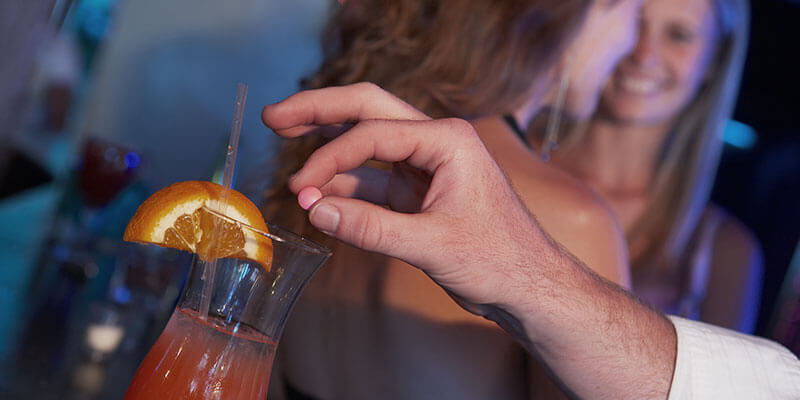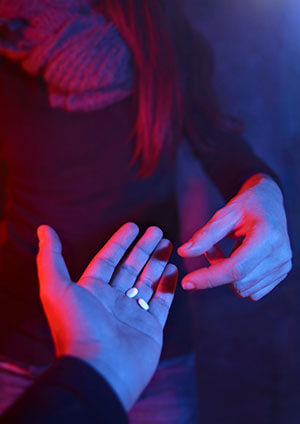As with many other substances, GHB should never be mixed with alcohol.
As a CNS depressant itself, when Liquid G is used in conjunction with any depressants, sedatives, or hypnotics, the combination can result in a dangerous drop of blood pressure, respiration, or central nervous system activity.
The result of doing so could be extreme sedation, seizures, coma, and death. In fact, 35.8% of all GHB-related emergency room visits also involved alcohol consumption.
Despite the lethality of this combination though, many people still use the two drugs in conjunction. After all, a few of the most common places to use GHB are bars, dance clubs, and concerts, all venues where alcohol is widely available.
Another problem among many people who use Liquid G and alcohol together is the development of a cross addiction. Not only does their frequent abuse of the two substances result in becoming addicted to G, it also contributes to an alcohol dependency as well.



